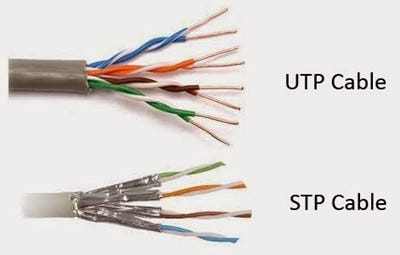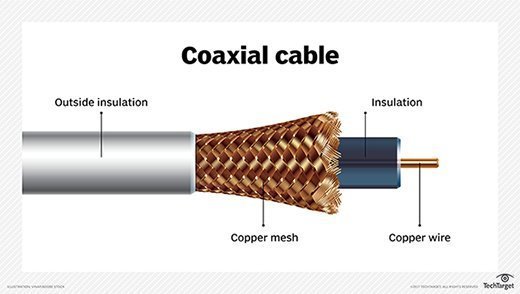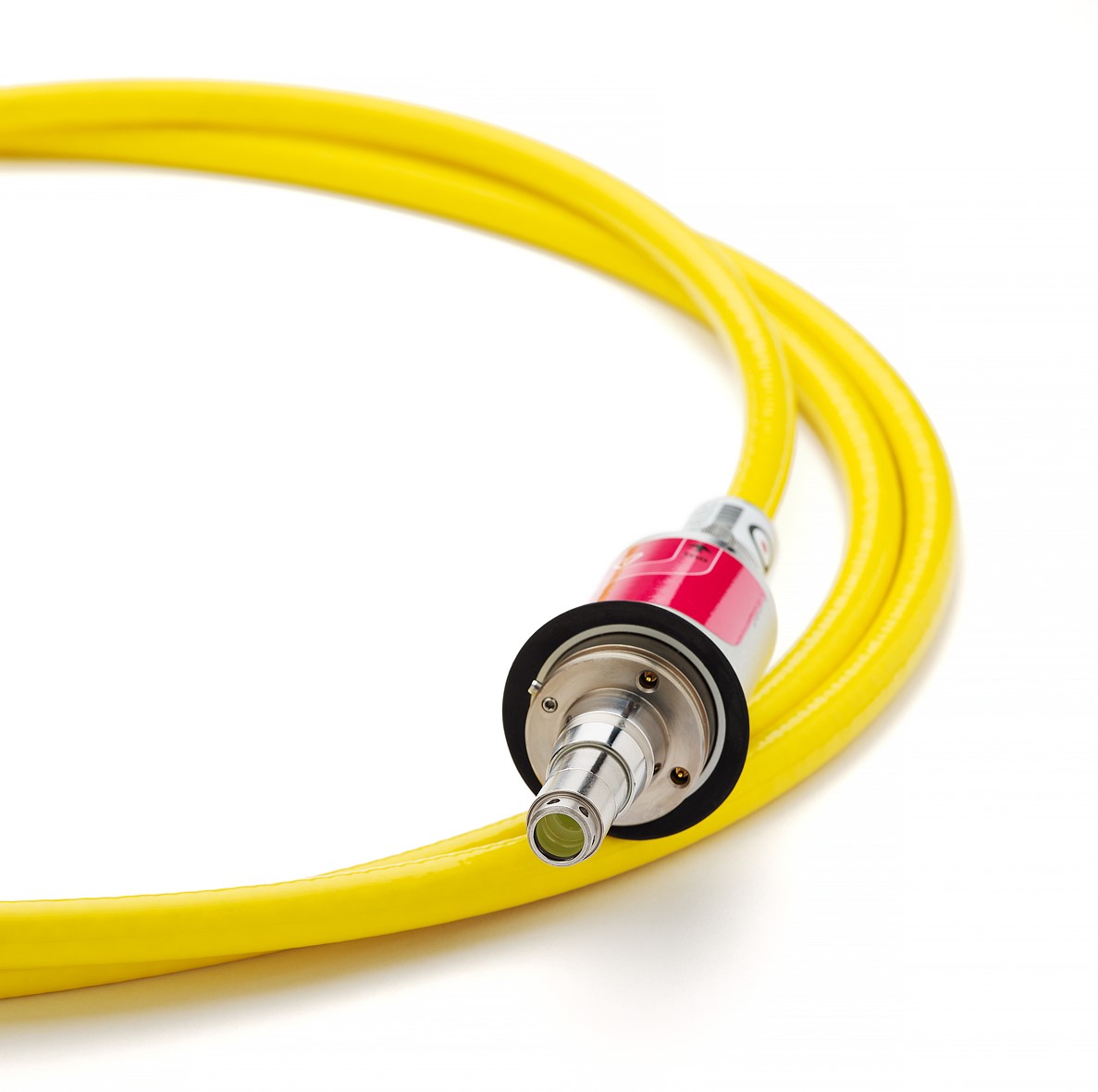This kind of transmission media is also known as wired otherwise bounded media. In this type, the signals can be transmitted directly & restricted in a thin path through physical links. The main features of guided media mainly include secure, high-speed, and used in small distances. This kind of media is classified into three types which are discussed below.

Twisted Pair Cable
It includes two separately protected conductor wires. Normally, some pairs of cables are packaged jointly in a protective cover. This is the most frequently used type of transmission media and it is available in two types.
UTP (Unshielded Twisted Pair)
This UTP cable has the capacity to block interference. It doesn’t depend on a physical guard and used in telephonic applications. The advantage of UTP is a low cost, very simple to install, and high speed. The disadvantages of UTP is liable to exterior interference, transmits in fewer distances, and less capacity.
STP (Shielded Twisted Pair)
STP cable includes a particular jacket for blocking outside interference. It is used in rapid data rate Ethernet, in voice & data channels of telephone lines.
The main advantages of STP cable mainly include good speed, removes crosstalk. The main disadvantages are hard to manufacture as well as install, It is expensive and bulky.

Coaxial Cable
This cable contains an external plastic cover and it includes two parallel conductors where each conductor includes a separate protection cover. This cable is used to transmit data in two modes like baseband mode as well as broadband mode. This cable is widely used in cable TVs & analog TV networks.
The advantages of the coaxial cable include high bandwidth, noise immunity is good, low cost and simple to install. The disadvantage of this cable is, the failure of cable can disturb the whole network.

Optical Fibre Cable
This cable uses the notion of light reflected through a core that is made with plastic or glass. The core is enclosed with less thick plastic or glass and it is known as the cladding, used for large volume data transmission.
The main advantages of this cable include lightweight, capacity & bandwidth will be increased, signal attenuation is less, etc. The disadvantages are high cost, fragile, installation & maintenance is difficult and unidirectional.